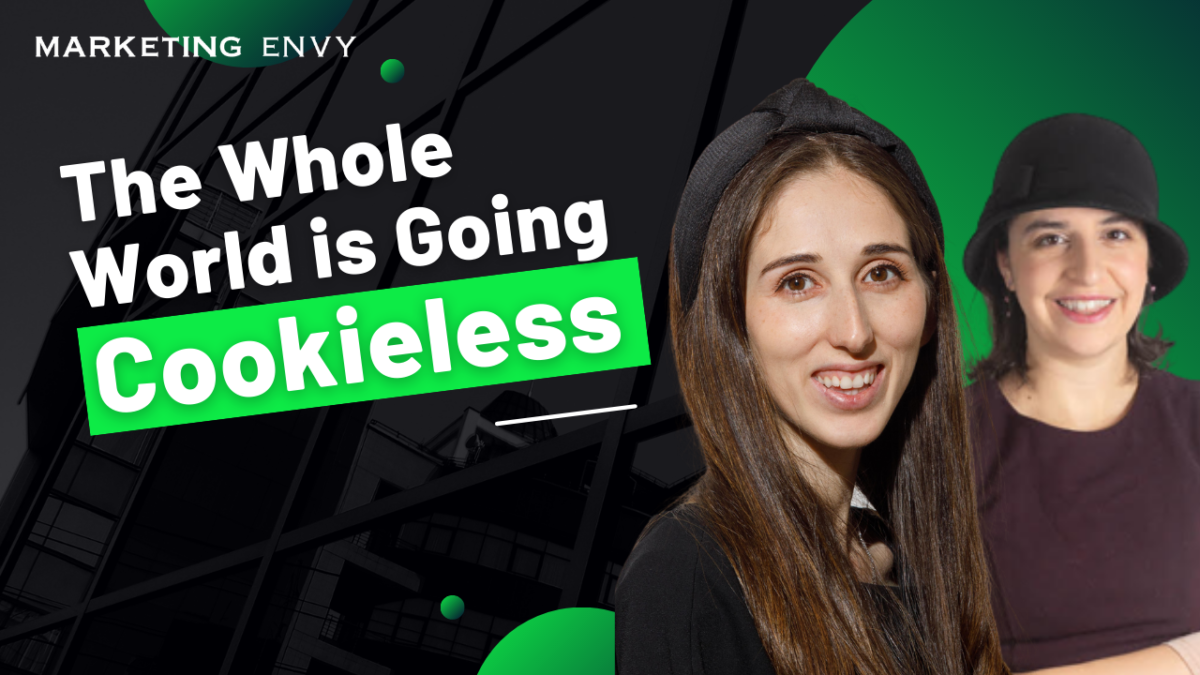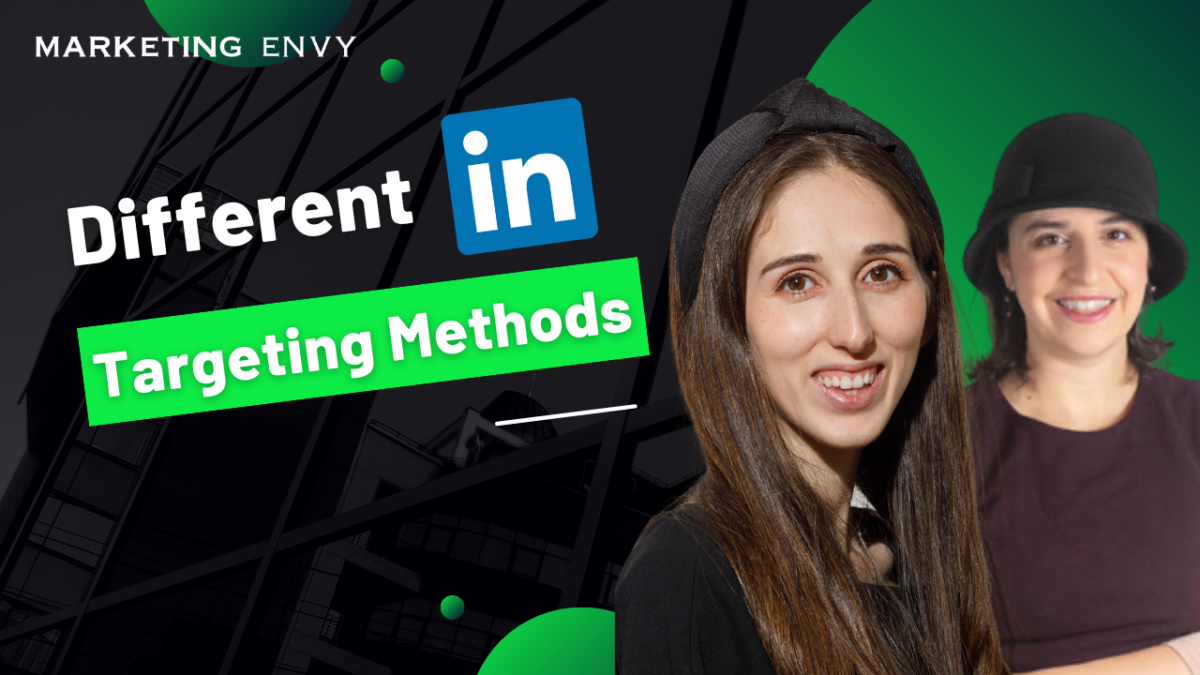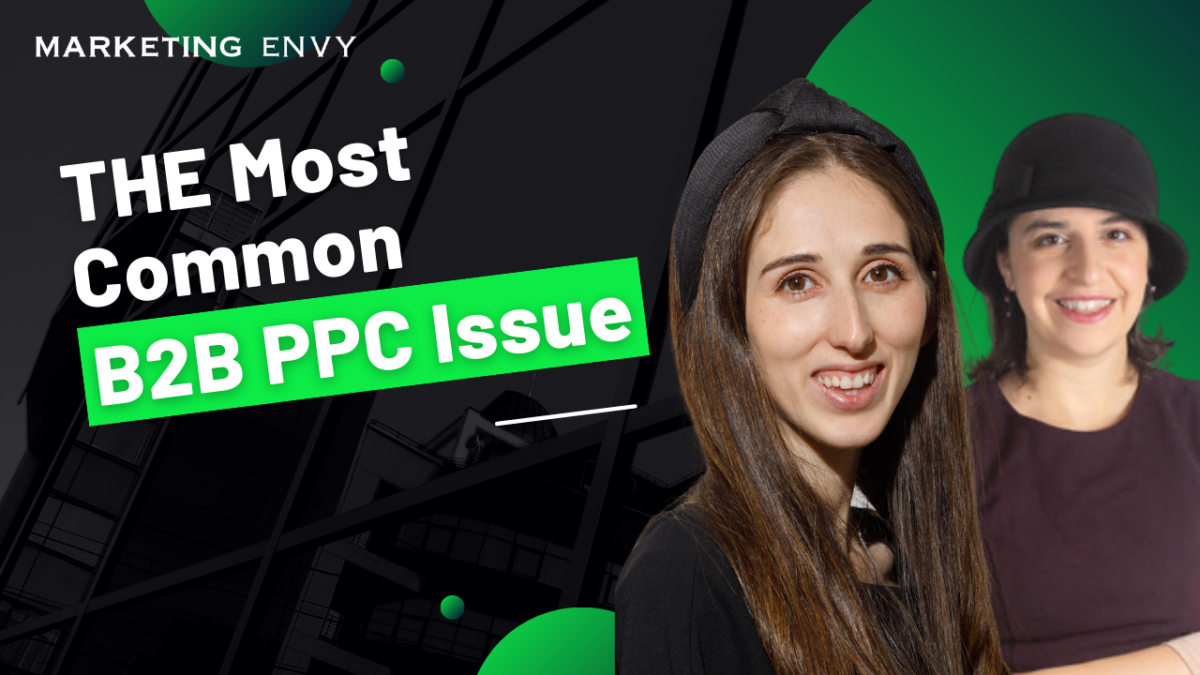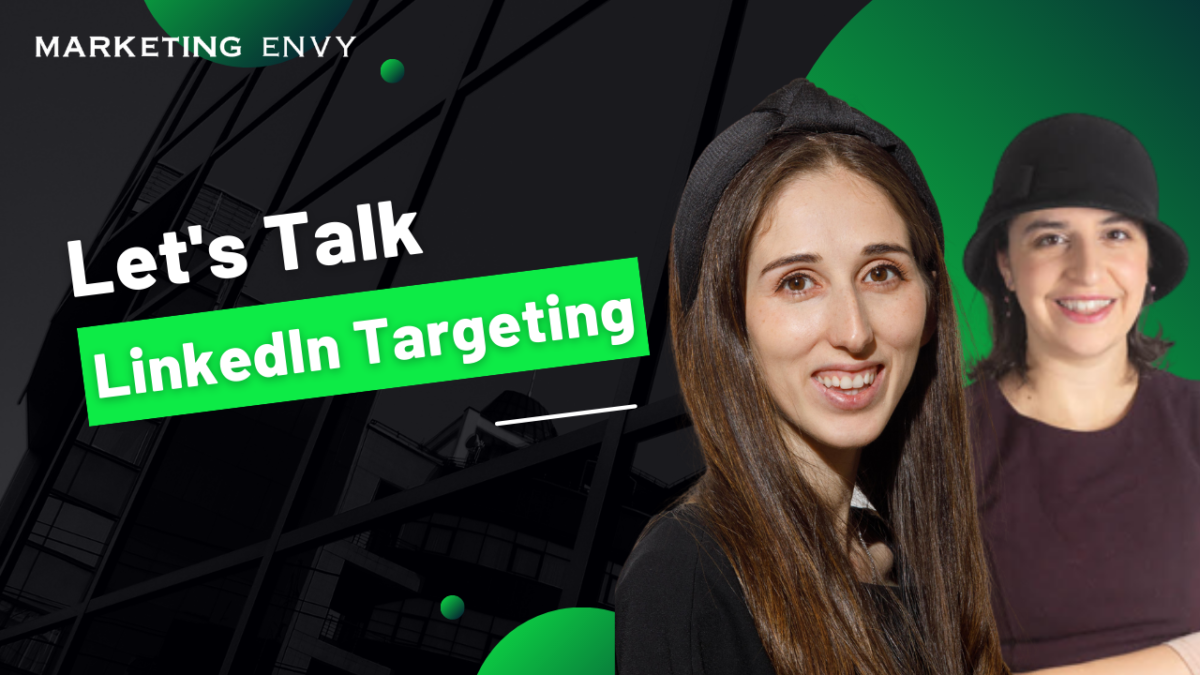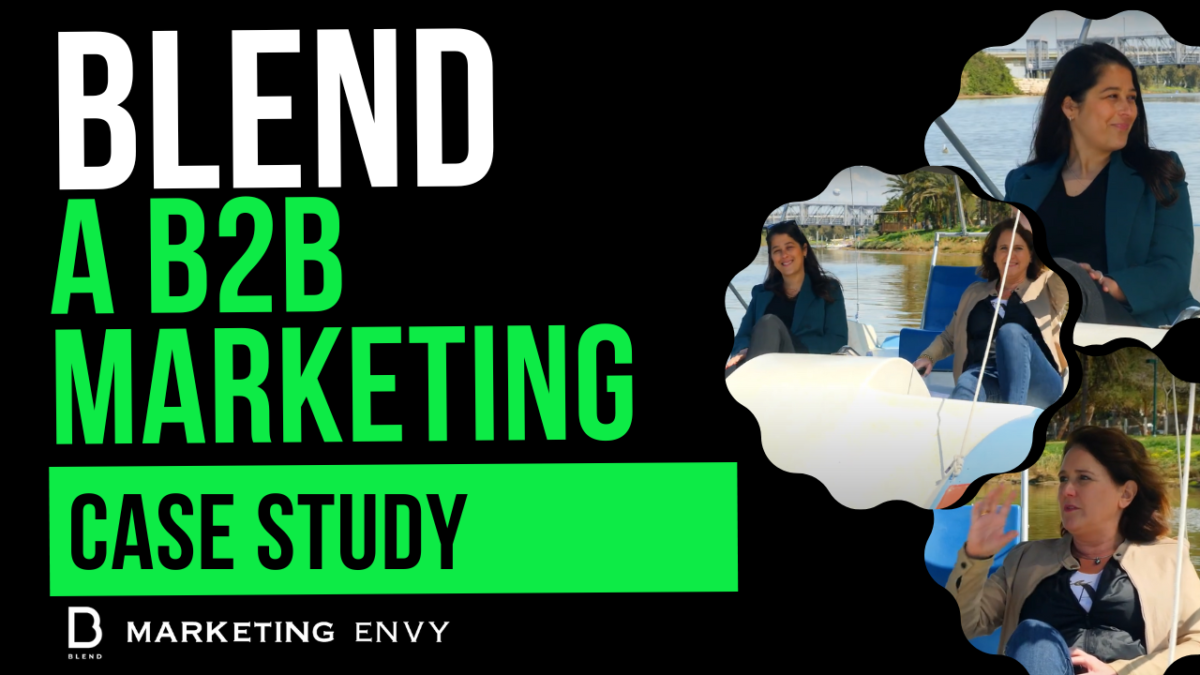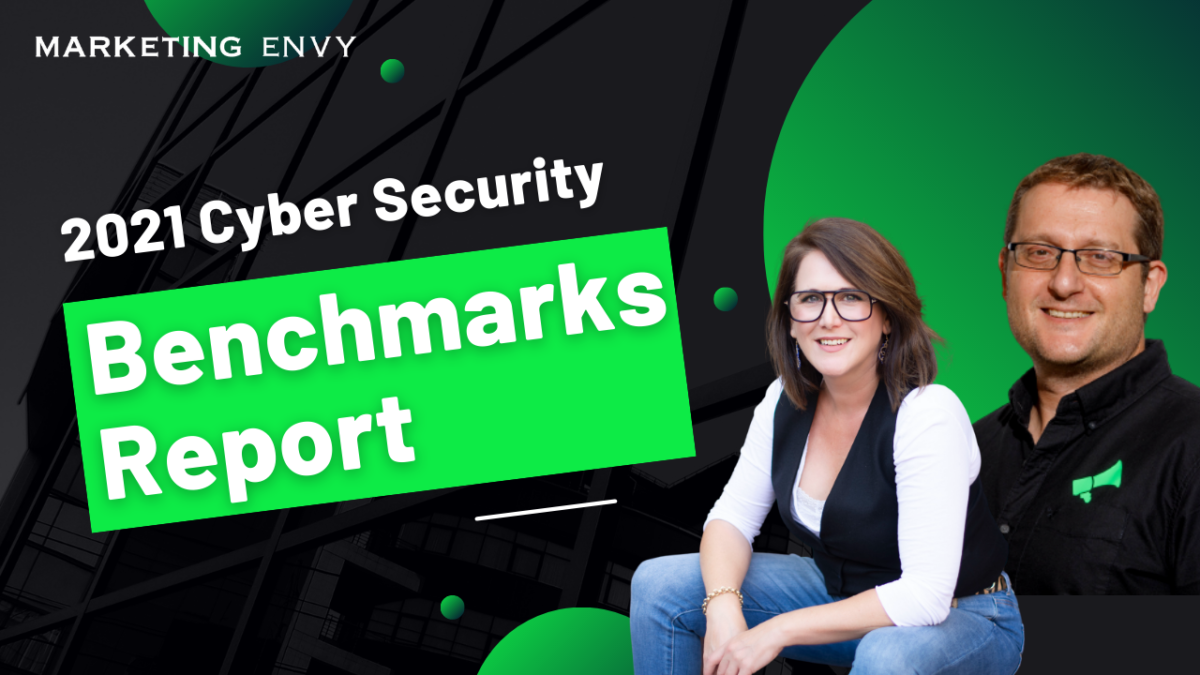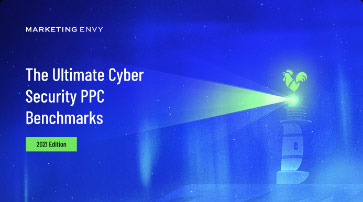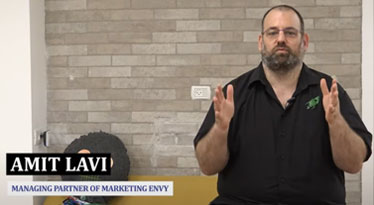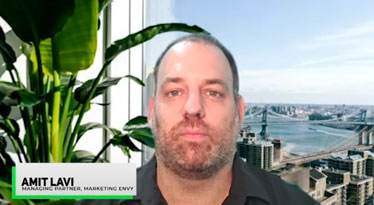Okay, so tragedy a whole world is getting cookieless. What are we doing about it?
We have to start looking at the bigger picture. We have to zoom out from our regular conversion metrics, KPIs, and try look at the data more holistically.
1)We want to start measuring lift, meaning that when a campaign goes live, we want to see the overall impact that it has on our website on the traffic brand searches and the leads in general, rather than only searching for the KPIs for a specific campaign.
2) Enhanced conversions. If we enable it, it will help have more accurate tracking of our users in Google ads.
3) An important thing that we should now consider more is to not be afraid of lookalike audiences, and customer audiences, which are audiences that are becoming more and more accurate since they’re based on machine learning. Lookalikes, we used to use them mainly for Facebook, but now we can definitely use them on LinkedIn they’re becoming more and more specific and accurate and right. And we should make sure to test them.
